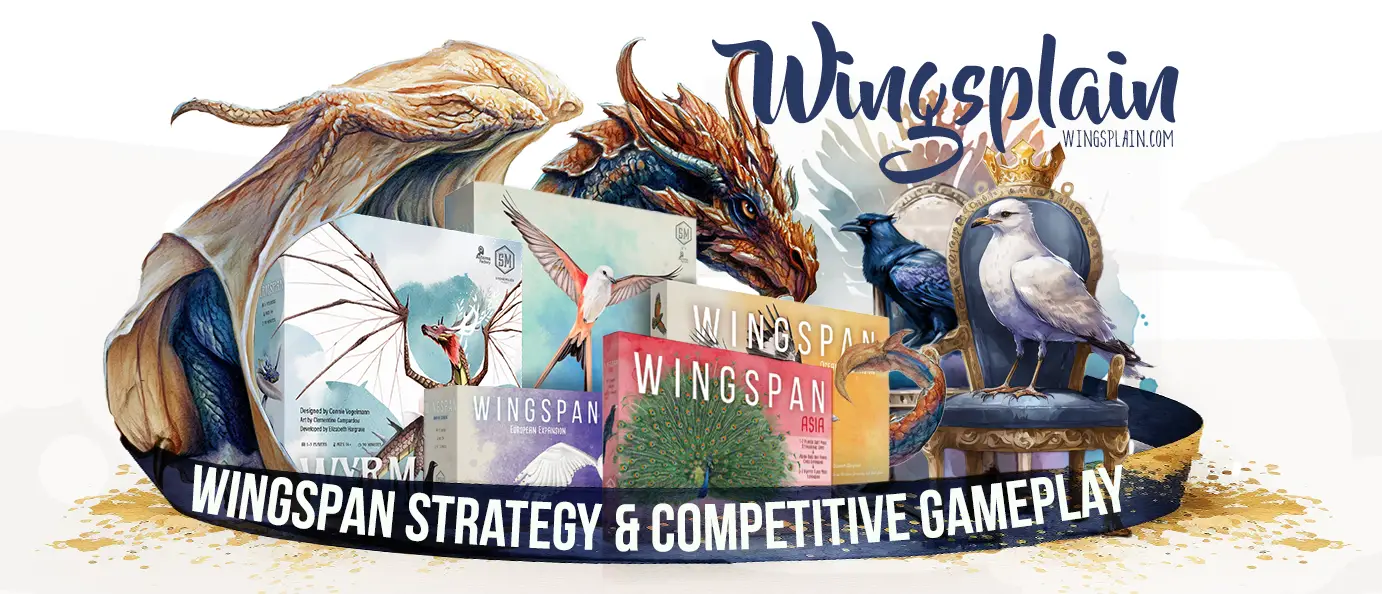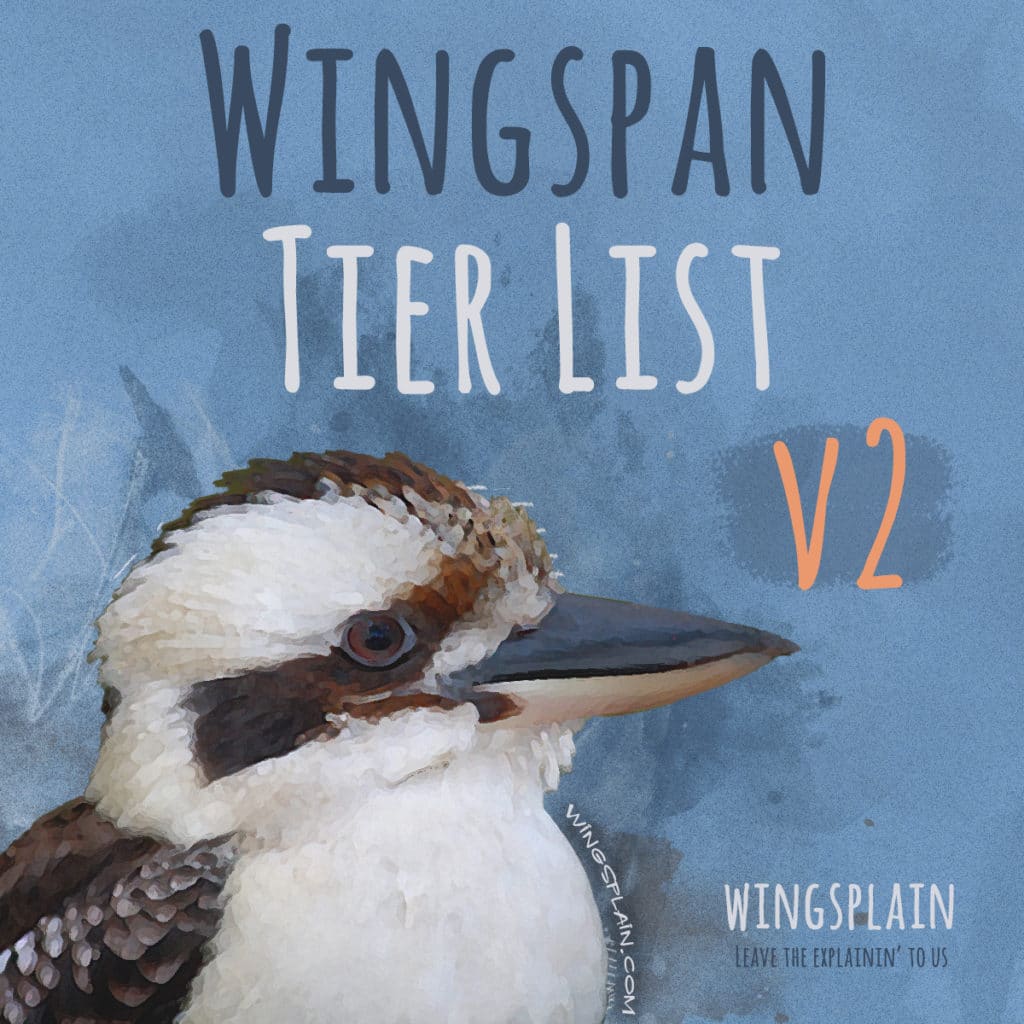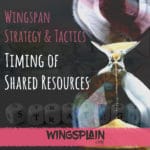Past versions of the Tier List tended to split hairs regarding the overall effectiveness of a card. Looking at the game in this way made it difficult to distinguish between Tier 4 and Bottom Tier cards specifically (and, in general, probably sparked some of the debate that sprang up when I shared my thoughts with people regarding higher tier placements).
Generally speaking, Bottom Tier was reserved for “bad cards”. Cards that I am probably never going to play because they generally aren’t worth the investment. They are clearly overpriced and/or underpowered. I ended up realizing that most cards in Tier 4 fell into this same category for me even though they might be objectively better than what was living in Bottom Tier.
After I came to this realization, I decided to eliminate Tier 4. The Tier was essentially split in half. The cards that essentially never saw play in my games were moved to Bottom Tier. The remaining cards that had a notable time and place to be played were moved up to Tier 3 (all seven, eight, and nine-point birds as well as bonus card birds from the core set to name a couple of archetypes). This essentially undid most of the changes that I had implemented in Version 1.3.
I renamed Bottom Tier to Underused Tier (UUT). This new name reflected the truth of what the Tier had become for me. This is a rank for cards that just don’t see play in my metagame because there are consistently better options available. This doesn’t mean that all of the cards in this Tier are what the community would consider “bad” on the level of something like Thekla’s Lark, the poster child for a “bad card”, they just might be so situational that their optimal conditions essentially never come up and there are other cards (the top 50% of the card pool) that are better plays 99% of the time in a head to head comparison.
Continuing with this line of thinking, I took another critical look at Tier 3. I essentially came to all the same conclusions. With the best of old Tier 4 birds moving into Tier 3, there were some birds that just looked obviously better than others. There were some apples mixed in with the oranges so to speak. I decided that I was going to eliminate Tier 3 as well. What ended up happening is that Tier 3 birds, the best of Tier 4 birds, and the worst of Tier 2 birds all became the new Tier 2. The best Tier 2 birds moved to Tier 1. The cards really ended up sorting themselves once I started traveling down this path.
When these tiers merged it became pretty obvious that some birds were better than others and deserved to move up in the rankings. A good example of this is Atlantic Puffin vs. the other core bonus card birds. The Puffin is generally a better play than other birds of its archetype because it is worth more guaranteed victory points. You don’t have to make up more points by subsequently laying eggs and filling the bird’s nest. The Puffin is also better insulated against a whiffed bonus card draw. For one Play a Bird action and three fish, you have guaranteed eight gross victory points.
This comparison made it pretty clear that the Puffin should move up to Tier 1 because it theoretically is the best of its archetype and subsequently realizes this in practical application. Furthermore, this reasoning is supported by feedback that I’ve received in the past that the Puffin should be higher up the list which made me feel more confident about the move.
This domino effect impacted Tier 1 as well. There are some birds that just seem to be better than others, the best of the best in the game so to speak. While clearly not on the level of the classic power cards in God Tier, they didn’t fit with what was in the new Tier 1. I decided to create Tier 0 (something I had been considering for a while) and move seven cards there. One notable move is Maned Duck which I dropped down from God Tier. As our metagame evolves, Maned Duck’s victory point and food generating ability doesn’t seem to have the game-breaking effect that I first thought it could muster, but I still feel this bird ranks in Wingspan’s Top 10 best cards. Tier 0 is a perfect place for a card like this where it hangs with the likes of Galah and Noisy Miner.
The changes in this update represent some fundamental shifts in how I assess cards and how I weigh them against each other, and thus, I felt it warranted a title of Version 2.0. It’s a whole new bird and I think it does a better job of (subjectively) capturing “average” across multiple archetypes and containing it in a single tier. That being the new Tier 2.
Changes
- Bottom Tier renamed to Underused Tier (UUT)
- Tier 4 Eliminated
- Tier 3 Eliminated
- Tier 0 created
- Redefined all Tier definitions
Black Redstart
T3 to T0
Passive egg-laying. While it requires a bit of micromanagement, the payoff is generally worth it. If played in round 1 it is realistic to approach 15 points scored with this bird. A 4 egg start nest is icing on the cake. Egg-laying powers are generally better in the OE metagame.
Lesser Whitethroat
T3 to T0
Passive egg-laying. While it requires a bit of micromanagement, the payoff is generally worth it. If played in round 1 it is realistic to approach 15 points scored with this bird. Egg-laying powers are generally better in the OE metagame. 33% cheaper than Black Redstart. Its general qualities are poor but it’s easier to get it on the board than its counterpart.
Stubble Quail
T2 to T1
This is a great way for a Forest engine to generate a lot of eggs with surplus food on a 1-1 basis. 4 Raw VP for 1 food cost isn’t bad. In reality, this bird is 10 VP for 7 food cost which is horrible on paper but the eggs are an important resource to fuel more “Play a Bird” actions, especially in the OE meta.
Chipping Sparrow
T2 to T1
One of the best ways to lay eggs from the Forest. It has Pros and Cons when compared to Mourning Dove but the gap isn’t large enough to warrant a lower tier, especially in the OE metagame where eggs are harder to come by. The ability to lay eggs on any bird gives you more control over end-of-round goals.
Scaled Quail
T2 to T1
A cheap way to triple your early game Grasslands egg production on the OE board. A great egg bank. Similar to Mourning Dove and Chipping Sparrow in function, although it is restricted to the Grasslands.
Australian Reed Warbler
T2 to T1
Great early game accelerator. Allows you to play birds into the 2nd column without having to lay eggs first. Essentially nets you 1 extra point by ignoring 1 egg cost.
Golden Headed Cisticola
T2 to T1
Great early game accelerator. Allows you to play birds into the 2nd column without having to lay eggs first. Essentially nets you 1 extra point by ignoring 1 egg cost. A 3 egg star nest is icing on the cake.
Grey Warbler
T2 to T1
Great early game accelerator. Allows you to play birds into the 2nd column without having to lay eggs first. Essentially nets you 1 extra point by ignoring 1 egg cost. A 3 egg star nest is icing on the cake.
Bonelli’s Eagle
T1 to T0
Tuck 3 cards from hand to play this bird and score 11 gross points for 0 food cost, which is incredible. Beats all but the most extreme engine activations.
Eastern Imperial Eagle
T1 to T0
Tuck 3 cards from hand to play this bird and score 10 gross points for 0 food cost, which is incredible. Beats all but the most extreme engine activations.
Galah
T1 to T0
An amazing brown power that resets the birdfeeder and has a minor drawback. A solid 5 VP bird.
Noisy Miner
T1 to T0
An amazing brown power balanced by giving 1 egg to all your opponents. A great way to lay eggs in the Forest although you need a card in hand to activate it.
Maned Duck
GT to T0
Maned Duck’s ability to generate wheat in the Wetlands isn’t as significant in my home meta as it used to be. The evolving OE meta-features the improved Forest habitat and an abundance of bird powers that share resources, namely food. Maned Duck is still a powerful cornerstone of a tucking engine and combos exceedingly well with several birds that are fueled by wheat. It needs these bird combos to be game-breaking. It remains one of the few birds that scale up as the game progresses. Comparatively, Common Raven and Chihuahuan Raven got much better with the addition of Nectar. Killdeer and Franklin’s Gull seem to be making the same type of impact as they did pre-OE. All of the classic “Power 4” seem to be mostly unaffected by the nerf to the Grasslands.
Eurasian Sparrowhawk
T2 to T1
Tuck 1 card from hand to play this bird and score 5 gross points for zero food cost. This beats or rivals most engine activations.
Northern Goshawk
T2 to T1
Tuck 2 cards from hand to play this bird and score 7 gross points for zero food cost. This beats most engine activations.
Atlantic Puffin
T3 to T1
The big boy of the bonus card birds. Its star nest is almost pointless since it can only hold one egg. With a lucky draw, playing this bird can be a gigantic swing in points.
Common Starling
T2 to T1
A cheap, passive, flexible way to convert food into victory points on a one-to-one basis.
Common Swift
T2 to T1
Five points for one food and a single activation represent some of the best efficiency in the game. It has a decent power tacked on.
Masked Lapwing
T2 to T1
A cheap and effective way to reset the birdfeeder and gain a bunch of food. You’re at the mercy of the dice though.
Northern Flicker
T2 to T1
A cheap and effective way to reset the birdfeeder (if the dice show the same face) and gain a bunch of worms (common food type). You’re at the mercy of the dice though.
Ruff
T2 to T1
A great way to passively cycle low-impact cards, generate victory points and dig for high-impact cards. Moderate yet flexible food cost. Balanced by a low VP value and a small nest.
Moltoni’s Warbler
T3 to T1
Proper micromanagement allows this power to swing games in your favor through extra “Play A Bird actions”. General qualities are mediocre.
Yellowhammer
T3 to T1
Proper micromanagement allows this power to swing games in your favor through extra “Play A Bird actions”. General qualities are mediocre.
White Wagtail
T3 to T1
Proper micromanagement allows this power to swing games in your favor through extra “Play A Bird actions”. Makes a good egg bank.
Clark’s Grebe
T2 to T1
Five points for one food and a single activation represent some of the best efficiency in the game. Star nest is a plus.
Osprey
T2 to T1
Five points for one food and a single activation represent some of the best efficiency in the game. The fish generating ability can be useful and combos especially well with American White Pelican and Double-Crested Cormorant.
Eurasian Nutcracker
T2 to T1
Five points for one food and a single activation represent some of the best efficiency in the game. It will be difficult to fully support its power each turn but it can go in the correct habitat to properly do so.
Spotted Sandpiper
T2 to T1
Five points for one food and a single activation represent some of the best efficiency in the game.
Wilson’s Snipe
T2 to T1
Five points for one food and a single activation represent some of the best efficiency in the game.
Magpie Lark
T2 to T1
Five points for one food and a single activation represent some of the best efficiency in the game. Holds one more egg than other birds in this archetype.
Rainbow Lorikeet
T2 to UUT
Doesn’t see play in our metagame. A decent way to “dump” unneeded nectar to avoid losing it at end of round.



